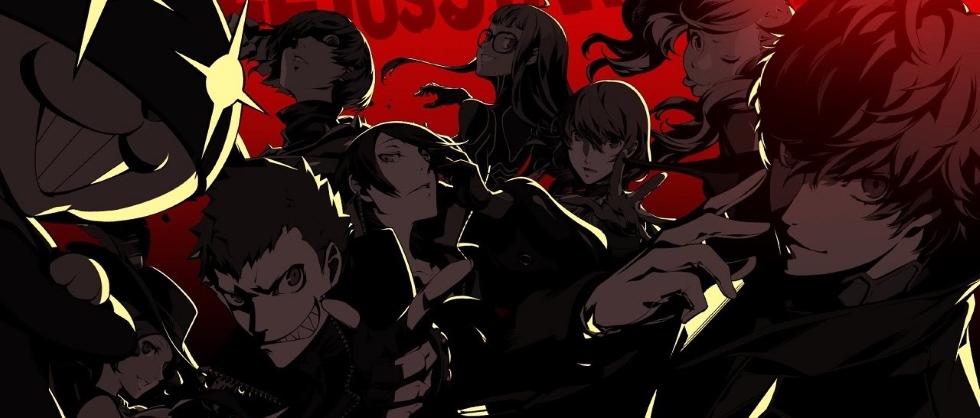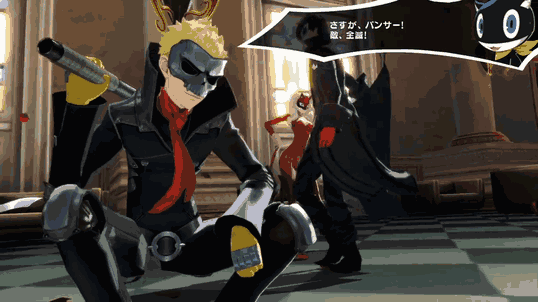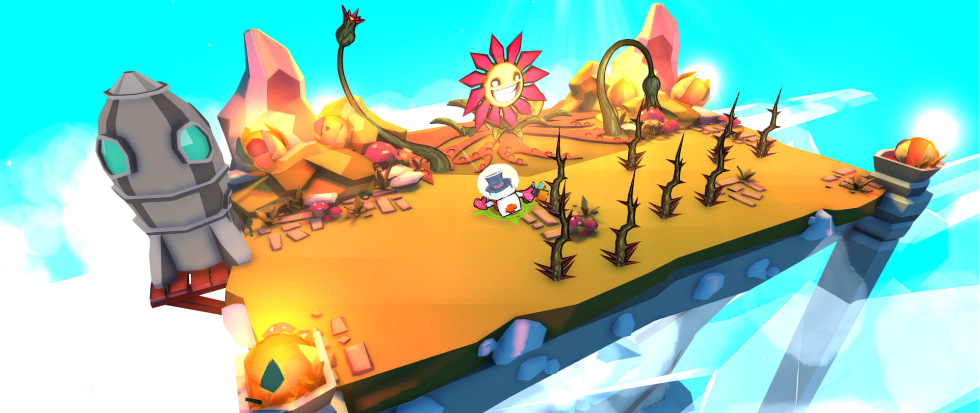
The Case For Style as Substance
“Play Persona 5,” said seemingly everyone I know over the last couple of weeks.
“No, I really don’t play JRPGs anymore,” I feebly replied.
“That’s nice. Play Persona 5,” shouted the masses.
A variation on this conversation has been dominating my small social circle lately. Call it peer pressure, but I eventually decided to give Persona 5 a try just so I would no longer feel like one of the few remaining humans in a world of body snatchers.
So I played Persona 5 and, as you may imagine, I’ve suddenly become a member of the masses who treats every gamer in the world like a potential congregation convertee. “Excuse me, friend, do you have a moment to hear about Persona 5?”
If you haven’t been subject to a similar spiel, Persona 5 is a JRPG which is half dungeon crawler and half Japanese high school student social simulator. I hear you. That doesn’t sound like something that you’re necessarily into. Maybe you’ve long ago given up on the JRPG scene. Maybe you just don’t care who is dating who.
It would be cruel to say that Persona 5‘s gameplay doesn’t matter when developer Atlus put so much work into perfecting this game’s traditional and non-traditional JRPG elements. However, Persona 5 is one of the only games that I would confidently recommend to every gamer based on the strength of its style alone.
Typically, the phrase “style over substance” is used to describe an item or experience that has nothing more than what you see on the surface. It’s a traditionally detrimental statement. What makes Persona 5 an exception to that history of negativity isn’t necessarily the style itself; it’s the way that the style constantly surprises you.

No design element in Persona 5 has been taken for granted. Your ammo count is tracked by an animated line of bullets that sing a melody of destruction as they leave your inventory. Menus come to life and display more personality that 90% of shooter protagonists. Even doing your laundry is accompanied by unique melodies and outrageous animations not found anywhere else in the game.
It’s easy to recommend Persona 5 on the basis of its style alone because the style of Persona 5 makes you feel like you feel like you’re being introduced to a new game every few minutes. What makes this accomplishment particularly brilliant in this instance is the way that this sense of discovery so perfectly hides the traditional faults of Persona 5‘s chosen genres.
Persona 5‘s evolving style helps the game avoid that feeling of repetition that invades a time management game when you realize that you’re performing the same tasks. It also allows you to breeze right past the traditionally slow starts of other JRPGs and make it to that point in the adventure when you’re hopelessly invested in seeing the end.
The best thing about Persona 5‘s style is that it can’t be replicated. Not really. A company can steal Persona 5‘s design, but they have no way to hide that fact or justify it. The same can’t always be said of gameplay. Gameplay innovations like Batman: Arkham Asylum‘s free-flowing combat system are copied all the time, and we forgive developers that do borrow these concepts because ignoring them means ignoring the best method available.

If Persona 5 had been a lesser gameplay experience, maybe its intoxicating aesthetics would have been written off as a gimmick. But as it stands, the game makes a compelling argument for the substance of video game style.





